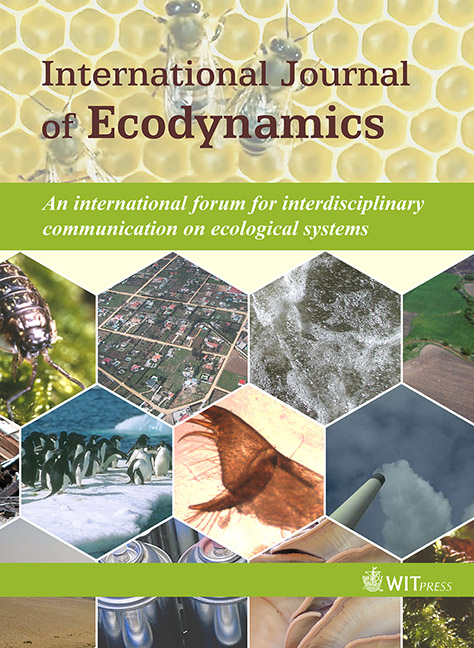Wild-type wine Saccharomyces cerevisiae as a tool to evaluate the effects on eukaryotic life of locally used herbicides
Price
Free (open access)
Volume
Volume 1 (2006), Issue 3
Pages
17
Page Range
266 - 283
Paper DOI
10.2495/ECO-V1-N3-266-283
Copyright
WIT Press
Author(s)
D. Braconi, M. Sotgiu, G. Bernardini, A. Paffetti, F. Tasso, C. Alisi, S. Martini, P. Martelli, R. Rappuoli, A.R. Sprocati, C. Rossi, A. Santucci
Abstract
Nowadays, agricultural pesticides are frequently used to avoid attacks by weeds, moulds, bacteria, insects and mice that can damage cultivars. They belong to the heterogeneous class of xenobiotics. The toxicity of these compounds on mammals is often unknown. Thanks to the high degree in the evolutionary context of generic stress responses, understanding how yeast cells respond to pesticides can contribute in elucidating toxicity mechanisms in more complex and less accessible eukaryotes. In this work, we aimed to investigate how three herbicides belonging to different classes, never tested before on eukaryotes, can affect the biological activity of enological Saccharomyces cerevisiae strains, with particular attention to cell growth, viability and ethanol production. We also evaluated the global metabolic profile of yeast cells by testing several different carbon sources and how metabolic patterns could be affected by xenobiotics. Differing from all the previously reported works, we used commercial grade herbicides, authorized for use in the central regions of Italy, in order to reproduce as far as possible the same conditions applied in the fields. At the same time, we chose, instead of a commercial strain, a wild-type S. cerevisiae strain adopted for enological applications, existing on vineyards of the same geographical areas where herbicides are used, in order to get important information also on the safety of locally produced wines.
Keywords
active ingredients, biological system, enology, eukaryotes, herbicides, pesticides, Saccharomyces cerevisiae, toxicity, vinification, xenobiotics




